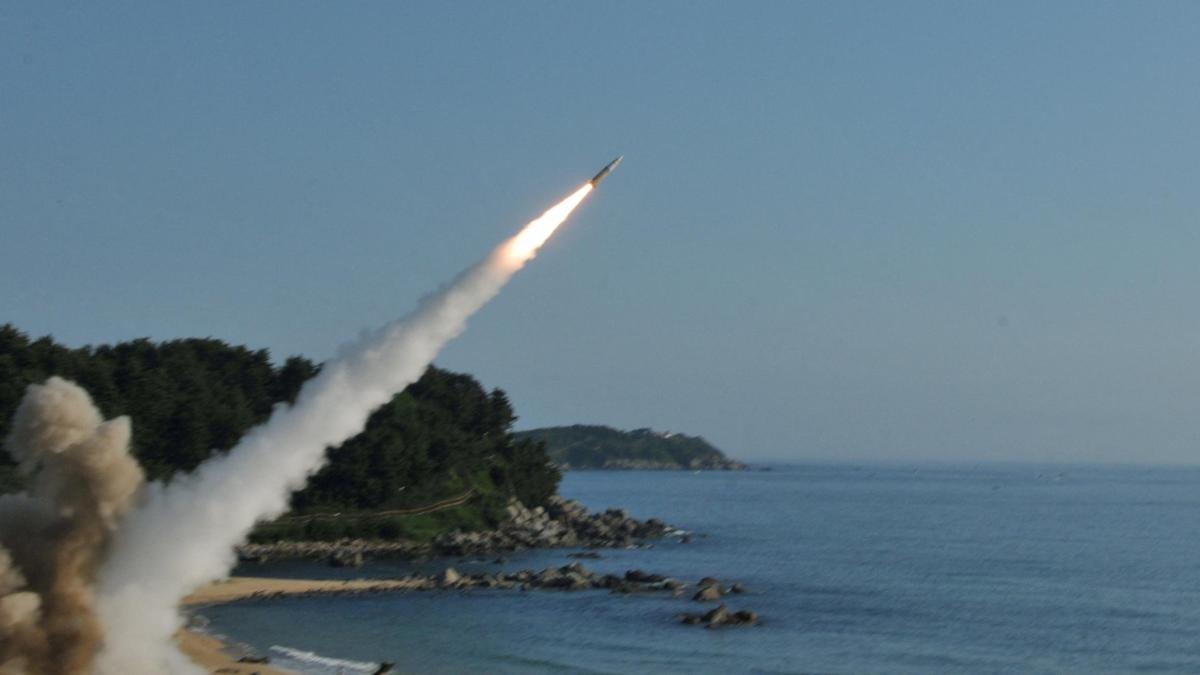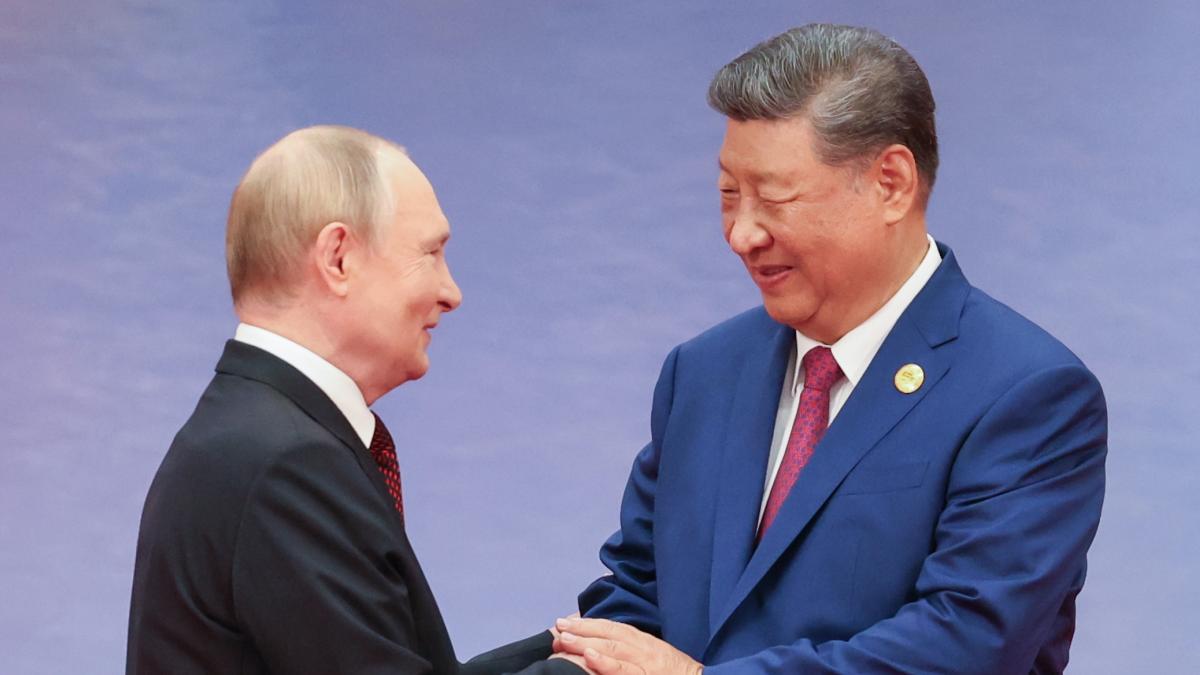In a dramatic escalation, just two days after the Biden administration greenlit the deployment of US-made ATACMS missiles, Ukraine has now struck the Russian region of Bryansk with these long-range weapons. This pivotal move marks a significant shift in the United States’ approach to the ongoing conflict, which has now entered its third year. In response, Russian President Vladimir Putin swiftly endorsed a doctrine permitting a nuclear response to any conventional military strikes.
What Are ATACMS Missiles?
The Army Tactical Missile System (ATACMS) comprises several variants designed to deliver precision strikes with substantial payloads. Specifically, these long-range missiles often carry assorted cluster munitions, enhancing their effectiveness on the battlefield. Ukrainian forces harnessed US-supplied ATACMS for the first time in October 2023, with President Volodymyr Zelensky declaring their operational success.
Read also
Why Has the US Authorized Their Use Against Russia?
The authorization for Ukraine to deploy these missiles is rooted in a context of high-stakes geopolitics, coming as it does just two months before Donald Trump’s inauguration. This move has resulted from persistent requests from Zelensky for the ability to target Russian military assets deeper within the country. This decision has also been influenced by the unexpected deployment of North Korean troops in support of the Russian military, a development that has raised alarms in both Washington and Kyiv.
What Are Its Range and Capabilities?
Ukraine wields the M39A1 Block IA ATACMS variant, which boasts a GPS-guided range of 70 to 300 kilometers, allowing the delivery of a payload of 300 submunitions. Having been incorporated into the US arsenal in 1997, the M39 Block IAs had notably been utilized during the Iraq invasion, showcasing their proven reliability and tactical value.

Zelensky and Biden, until now reluctant to give up long-range missiles to Ukraine, hug in the Oval Room of the White House on September 21
In the arsenal of Ukraine are also the M57 ATACMS missiles, designed to deliver a single 230-kilogram high-explosive warhead, with a range that mirrors that of their more complex counterparts, also between 70 to 300 kilometers. The M57 first saw combat in 2004 and has participated in several military operations, underscoring its versatility.
Are They Comparable to Other Missiles in Ukraine’s Arsenal?
In addition to ATACMS, Ukraine has received SCALP and Storm Shadow missiles from France and the UK. However, unlike ATACMS, which are now explicitly authorized for cross-border operations, the specifics of operational use for these European missiles remain unclear, despite their competitive range of around 250 kilometers.
What Impact Will They Have on the War?
The authorization from the US empowers Ukraine to strike targets within Russia, notably in areas like the Kursk region, where Ukrainian forces maintain control and where alarming reports suggest North Korean troops are concentrated. Experts from the Washington-based Institute for the Study of War have signaled that hundreds of prominent Russian military targets fall within the effective range of ATACMS missiles. While some Russian military resources may have been tactically repositioned due to these developments, the overall implications of ATACMS use undoubtedly heighten the stakes in the ongoing conflict.
Read also















